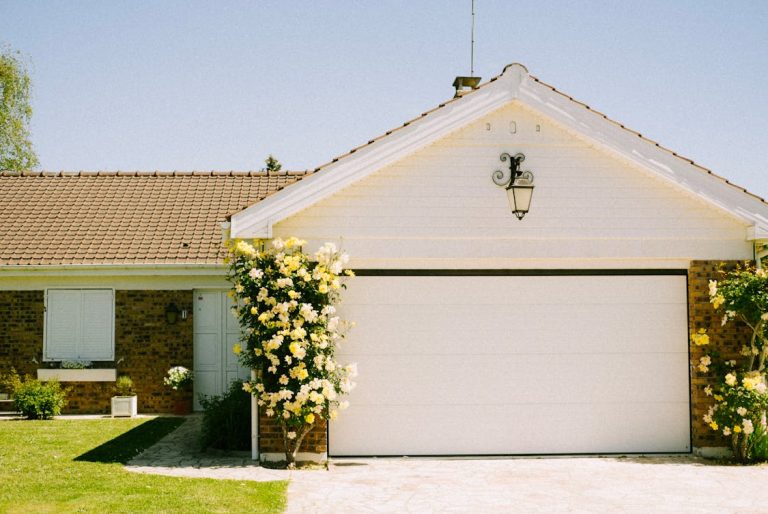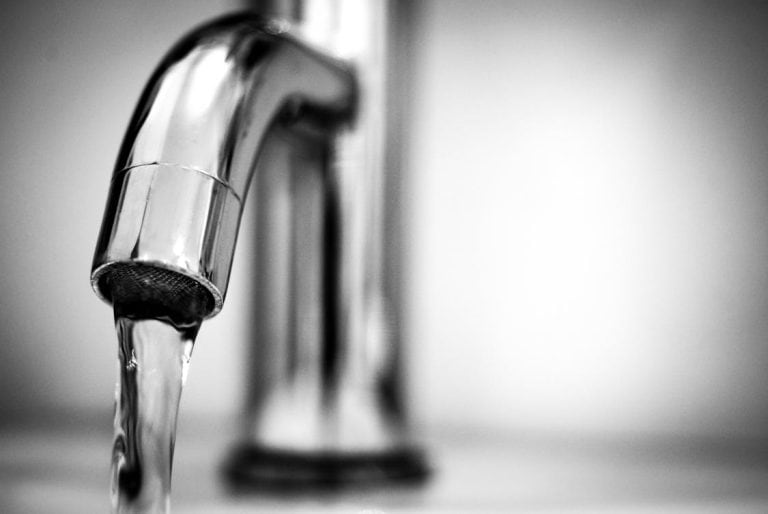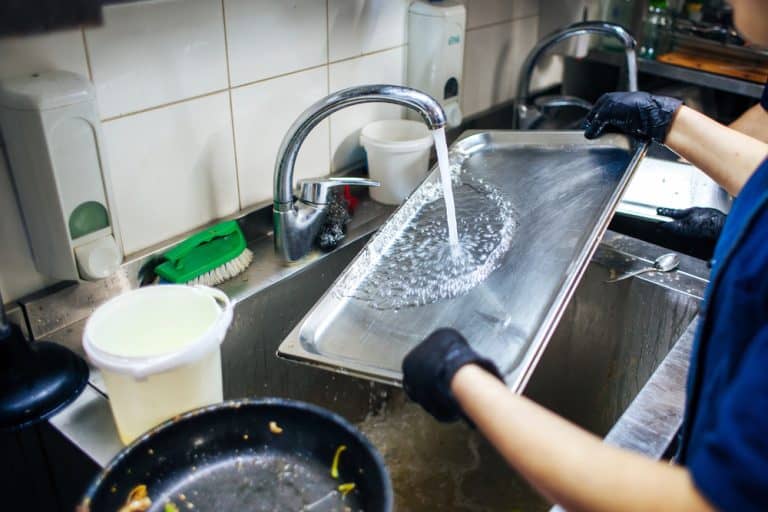Epoxy floors are beautiful and durable, but they can suffer damage from everyday use. With regular maintenance and a few preventive measures, your epoxy floor can remain in pristine condition for years to come. Regular cleaning with a mild detergent and warm water is recommended. Avoid abrasive cleaners or harsh chemicals, which may damage the …
Maintaining That New Look: Professional Epoxy Floor Care

Epoxy floors are beautiful and durable, but they can suffer damage from everyday use. With regular maintenance and a few preventive measures, your epoxy floor can remain in pristine condition for years to come.
Regular cleaning with a mild detergent and warm water is recommended. Avoid abrasive cleaners or harsh chemicals, which may damage the surface of your flooring.
Regular Cleaning
The best way to safeguard your epoxy floor’s pristine appearance is by keeping up with a steadfast cleaning regimen. Dust and dirt particles that accumulate on the epoxy surface can work as abrasives, harming the coating and diminishing its luster. Regular sweeping with a soft deck brush in conjunction with the right cleaning solutions will help to keep this debris at bay and keep your floors looking their very best.
Spills and stains are also a common issue for epoxy flooring, but prompt action is the key to preventing permanent marks. When a spill happens, it’s important to start by soaking up the liquid with an absorbent material to prevent further damage to the floor. Once the majority of the liquid has been soaked up, you can proceed to clean the affected area with a mild cleaner and a cloth or mop this keeps your garage floor looking new. For stains that are particularly stubborn, a bit of isopropyl alcohol can be used to break down and dissolve the stain.
Another simple way to keep your epoxy floors looking their best is by using protective mats or placing pads under heavy equipment or furniture. These will help to distribute weight evenly and prevent concentrated pressure points from damaging the epoxy coating.
Vehicle vigilance is a vital component of this preventive strategy as well, as keeping the tires free of rocks and other rough materials will reduce the risk of unsightly scratches to the floor. Mindful tool handling is a must as well, with tools and parts that can easily slip out of your hand being stored safely away to avoid potential floor dings.
Professionals will be able to offer insights and advice regarding routine cleaning and other maintenance issues that may arise with your epoxy floor, giving you peace of mind that it’s always being cared for in the best possible way. They can also offer specialized maintenance services and repairs that go above and beyond basic cleaning tasks, maximising the life of your floor’s coating. These services can include inspecting the floor for any areas of damage that could potentially result in deeper cuts or gouges. They can then use their expertise, specialised instruments and industry knowledge to fix these issues, prolonging your epoxy flooring’s lifespan.
Resealing
Nothing wears an epoxy floor like abrasive grit. This could be human traffic dragging shoes over the surface or heavy equipment grinding into it, and it’s always the number one reason why commercial, industrial, and garage floors lose their shine.
Fortunately, it’s easy to prevent this from happening. Regular sweeping with a soft-bristled broom or dust mop gets rid of loose dirt before it can scratch the surface. If the grit doesn’t go away after this, you can use a hard foam mop with a light detergent diluted with warm water. Avoid abrasive sponges and scrub brushes and cleaning solutions that contain harsh chemicals, as they may damage the epoxy coating.
Dirt that isn’t washed away by regular mopping can also act as a breeding ground for bacteria and other pathogens. These can cling to moist areas and create a black film that looks bad and smells worse. Cleaning the floor frequently is essential, especially in pool decks, showers, or public restrooms where people are often washing their hands.
Another crucial part of keeping the floor looking good is preventing scratches and gouges. This is where felt glides or protective pads under the legs of furniture come in handy. These prevent the metal or plastic from coming into direct contact with the epoxy, and they also assist in distributing the weight over a larger area to avoid any dents or permanent indentations.
Dragging heavy machinery or pallets can cause deep dents in the epoxy and leave gouges that let moisture seep underneath the surface and destroy the coating. This is why it’s important to make sure that these items are lifted instead of dragged across the floor whenever possible.
If you do notice any dents or gouges, they need to be repaired as soon as possible so that the water and dirt won’t get into the base material of the floor and cause further damage. A professional with experience working on industrial and commercial floors can advise you on the best repair methods and products for your floor’s unique situation. They can also help you create a maintenance schedule to keep the floor in top condition and looking great.
Repairing Scratches or Gouges
It is imperative to address any damage that can diminish your epoxy flooring’s beauty and functionality. Whether a scratch or a gouge, a quick response will prevent the damage from becoming more severe and costlier to fix down the line. Having the right materials and tools on hand will also make the repair process much easier and more effective.
Scratches, minor chips, and gouges can occur from moving heavy equipment or dropping sharp objects on the floor. These scratches and chips can be buffed away using special epoxies that are available for this purpose. Deeper gouges can be repaired with wood putty that is color-matched to the floor. Once the putty dries, it is important to sand the area until it is smooth and even with the rest of the floor coating. Once the gouges are sanded and cleaned, they can be stained and sealed for a flawless finish.
Stains are another common problem that must be addressed immediately to keep the floors looking new. A light mop and rinse with a mild detergent is recommended, along with the proper use of scrubbing pads to avoid scratching the floors. It is also suggested that a protective top coat be applied to protect against chemical and UV damage.
In addition to the above, it is important to keep in mind some of the other things that can be done to reduce the risk of abrasions and gouges on your epoxy flooring. For example, placing mats at all entrances and at work stations will help to trap dirt, gravel, and other abrasive particles that can scratch the surface of the floor. The same goes for putting rubber or furniture mats under machinery and equipment to distribute the weight evenly and minimize any stress on the floor. It is also helpful to place wheel chocks under vehicles to prevent them from pulling up on the epoxy when applying the parking brake, as well as to remove snow and ice promptly to avoid it sticking and grinding against the floor.
By following these simple maintenance and protection steps, you will be able to enjoy the durability and attractiveness of your epoxy flooring for years to come.
Preventing Damage

Nothing wears an epoxy floor like traffic atop it, from foot traffic grinding particles into the surface to heavy equipment and vehicles dragging over it. This abrasive action can damage the epoxy or even penetrate through to the underlying concrete.
Fortunately, there are many things that can be done to minimize this abrasion and protect your floors for years to come. Sweeping regularly, ideally with a soft-bristled broom or dust mop, will remove the smallest particles that can scratch the surface, preventing them from becoming embedded. This simple step can go a long way in increasing the lifespan of your epoxy floors.
Scrubbing the flooring on a regular basis also helps to minimize wear. A light cleaning solution of a moderate detergent with warm water should be used daily to strip away any lingering dirt buildup. In high-traffic areas, this should be increased to at least twice a day.
Addressing spills promptly is another key preventive strategy. Chemicals that are allowed to soak into the epoxy can damage or discolor the floor, so prompt clean-up is essential. Additionally, using mats or rugs to cover walkways and entryways will minimize any abrasion that could be caused by direct contact with the epoxy.
Other protective measures include the use of wheel covers for rolling items on the epoxy floor, especially if they will be moved frequently. These simple modifications help to eliminate the potential for scratches, indents, and scuffs that can be created by dragging the wheels across the floor. For heavier items, lifting them rather than dragging them will minimize the stress on the epoxy surface.
Conducting periodic inspections of the floor is also a critical preventive measure. During these evaluations, you should look for any signs of damage such as cracks, bubbling, or peeling that might indicate the need for resurfacing and recoating.
If you notice any of these issues, don’t hesitate to get in touch with a professional. Their knowledge and experience can guide you through the labyrinth of repair and maintenance options for your epoxy floors, so they can continue to shine as a functional and attractive addition to your commercial or industrial space for years to come.









